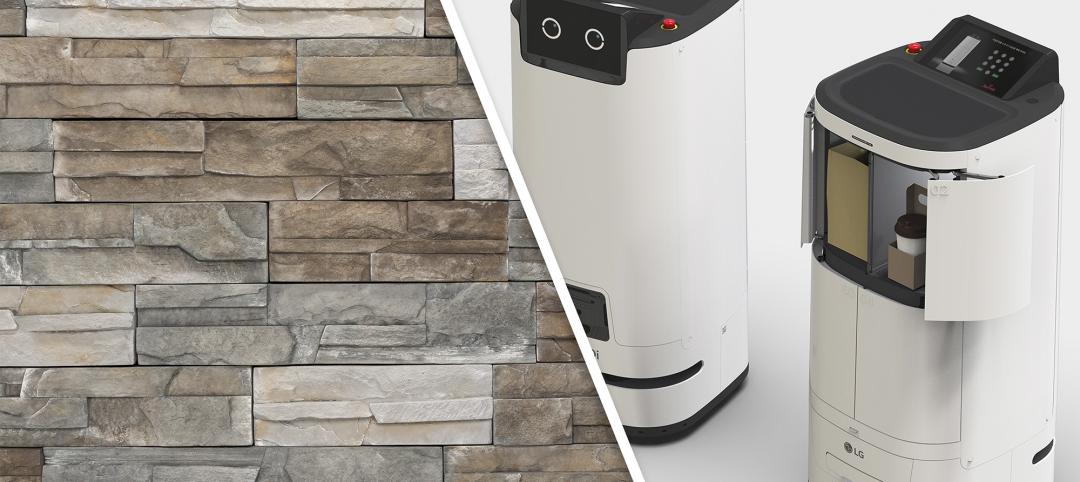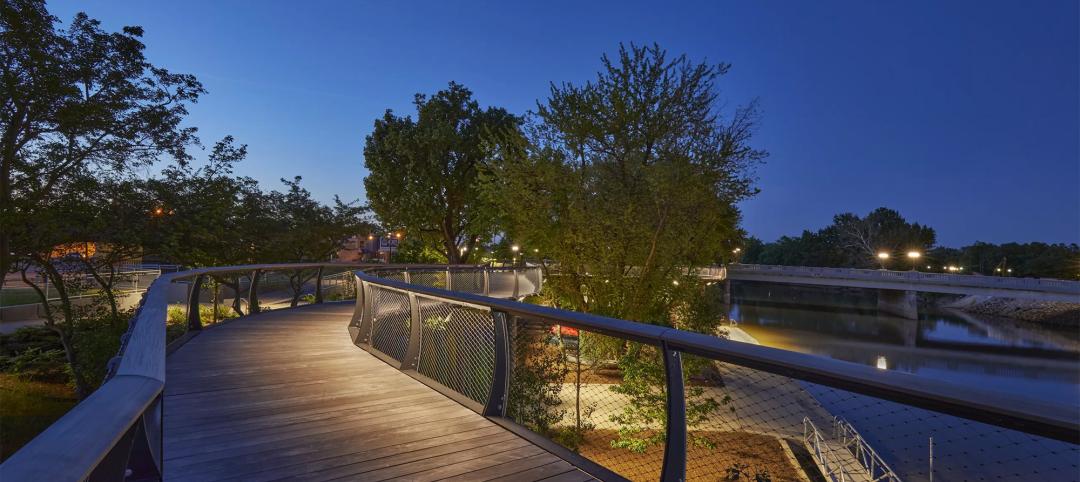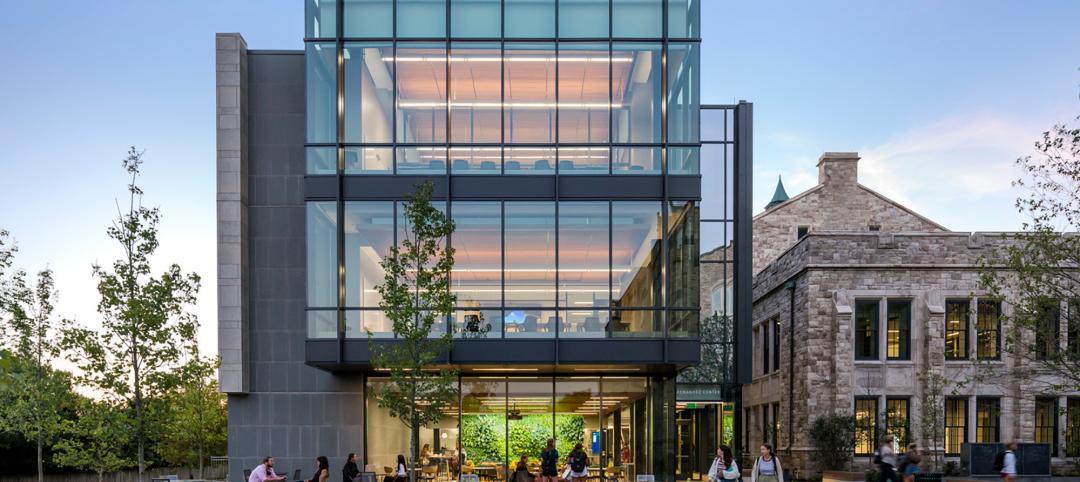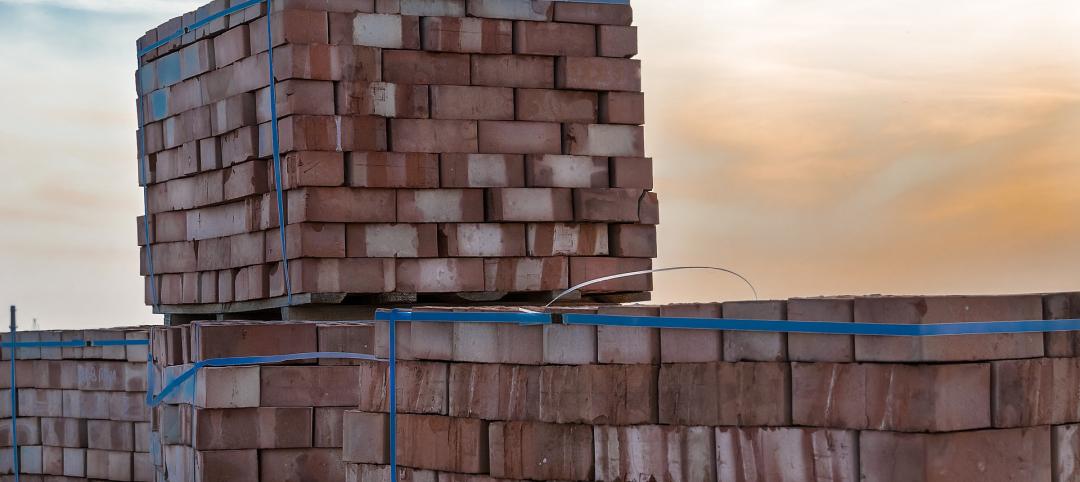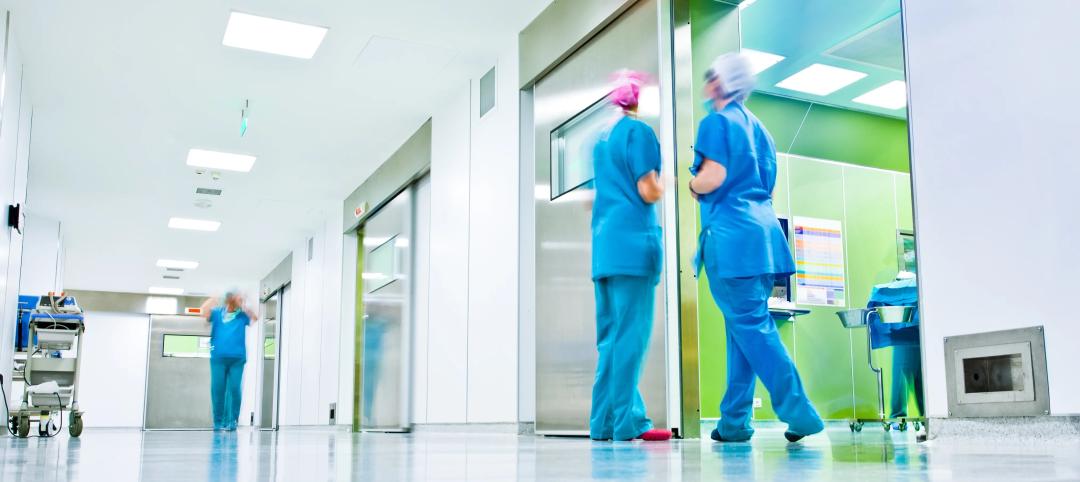Today’s healthcare organizations are under pressure to increase patient satisfaction, improve quality of care and become more sustainable. They must also lower costs, so any investment they make in the physical facility has to have a measurable return or it is simply unaffordable. Upgrading to a smart LED lighting system results in lower energy consumption and decreased energy costs, but beyond those obvious savings, there are a range of impacts to hospitals that result in a stronger bottom line and better fulfillment of the healthcare mission.
The recent experiences of McLaren Health Care in Michigan illustrate the expanding benefits of LED smart lighting systems for healthcare facilities. After a pilot project in 2014 that upgraded lights at McLaren Macomb’s surface lots and parking structure to LED, the Corporate Facilities Manager for McLaren Health Care, Keith Miller, sought to upgrade all the lighting throughout 11 of the system’s primary hospitals. Working with their energy solutions provider, McLaren installed over 25,000 light fixtures from Cree across its facilities, including more than 12,000 Cree SmartCast® intelligent lighting luminaires—smart, adaptive, networked lighting that responds to human activities and behaviors.
High-quality LED lighting is known to be more energy-efficient than incandescent or fluorescent technologies, producing more significant light from the same amount of energy. That translates into both lower energy costs for illumination and lower energy consumption for more sustainable operation. For Miller and McLaren Health Care, the SmartCast® system is estimated to save $1.6 million per year, for a payback time of less than four years. That savings includes both reduced energy costs and a wide range of other money-saving effects.
The LED lighting upgrades installed at McLaren hospitals not only use less energy to provide better light, they also act strategically to lower energy consumption. The systems learn to dim lights during daylight hours to take advantage of natural sunlight while still keeping balanced and consistent levels of illumination. They can also be aware of human presence, turning off the lights when there is no one in the room and turning them back on as people enter.
Longer-Term Benefits
In addition to the advances made possible by intelligent lighting, LEDs remain fully functional through years of use much longer than incandescent or fluorescent bulbs. Cree warranties its fixtures—including the LED emitters—for 10 years, so McLaren can also reap cost savings on bulb replacements, both in terms of materials, labor and storage costs.
Other bottom line impacts may be harder to quantify, but are nonetheless significant. Under today’s rules, hospital’s reimbursement rates are tied to patient satisfaction, as measured by the Hospital Consumer Assessment of Healthcare Providers and Systems survey (HCAHPS). Low scores can lead to a lower reimbursement rate, so healthcare facilities are incentivized to improve patient satisfaction. With more patients “shopping around” for hospitals in the manner of consumers—reading online reviews and ratings by other patients before choosing—healthcare systems must maintain cutting-edge top facilities to earn that satisfaction.
Gaining the Edge
Lighting has been shown to strongly influence occupancy experience, affecting the mood, comfort, and stress levels of occupants such as patients, visitors, and staff. Intelligent lighting that learns an occupant’s preferences and automatically adjusts the light for them can make an unfamiliar room seem more welcoming. The SmartCast® lighting solution that McLaren installed can even change the color of the light to better simulate sunlight during the day, and provide more sleep-conducive color at night.
Better lighting can also improve staff performance, such as reducing medication-dispensing errors, and increasing alertness and medical decision-making ability. It can also help prevent burnout and make a hospital a more desirable place to work for skilled professionals.
Healthcare has become more of a marketplace, and hospitals need to be more competitive in terms of both satisfying patients and retaining talented and personable staff. Smart LED lighting gives a facility an edge by making it function better, more efficiently, and at lower cost.
Related Stories
Products and Materials | Jul 31, 2024
Top building products for July 2024
BD+C Editors break down July's top 15 building products, from Façades by Design to Schweiss Doors's Strap Latch bifold door.
75 Top Building Products | Apr 22, 2024
Enter today! BD+C's 75 Top Building Products for 2024
BD+C editors are now accepting submissions for the annual 75 Top Building Products awards. The winners will be featured in the November/December 2024 issue of Building Design+Construction.
Lighting | Mar 4, 2024
Illuminating your path to energy efficiency
Design Collaborative's Kelsey Rowe, PE, CLD, shares some tools, resources, and next steps to guide you through the process of lighting design.
75 Top Building Products | Dec 13, 2023
75 top building products for 2023
From a bladeless rooftop wind energy system, to a troffer light fixture with built-in continuous visible light disinfection, innovation is plentiful in Building Design+Construction's annual 75 Top Products report.
Products and Materials | Sep 29, 2023
Top building products for September 2023
BD+C Editors break down 15 of the top building products this month, from smart light switches to glass wall systems.
Adaptive Reuse | Jul 6, 2023
The responsibility of adapting historic university buildings
Shepley Bulfinch's David Whitehill, AIA, believes the adaptive reuse of historic university buildings is not a matter of sentimentality but of practicality, progress, and preservation.
Codes | Mar 2, 2023
Biden Administration’s proposed building materials rules increase domestic requirements
The Biden Administration’s proposal on building materials rules used on federal construction and federally funded state and local buildings would significantly boost the made-in-America mandate. In the past, products could qualify as domestically made if at least 55% of the value of their components were from the U.S.
Intelligent Lighting | Feb 13, 2023
Exploring intelligent lighting usage in healthcare, commercial facilities
SSR's Todd Herrmann, PE, LEEP AP, explains intelligent lighting's potential use cases in healthcare facilities and more.
Building Materials | Nov 2, 2022
Design for Freedom: Ending slavery and child labor in the global building materials sector
Sharon Prince, Founder and CEO of Grace Farms and Design for Freedom, discusses DFF's report on slavery and enforced child labor in building products and materials.
BAS and Security | Oct 19, 2022
The biggest cybersecurity threats in commercial real estate, and how to mitigate them
Coleman Wolf, Senior Security Systems Consultant with global engineering firm ESD, outlines the top-three cybersecurity threats to commercial and institutional building owners and property managers, and offers advice on how to deter and defend against hackers.



